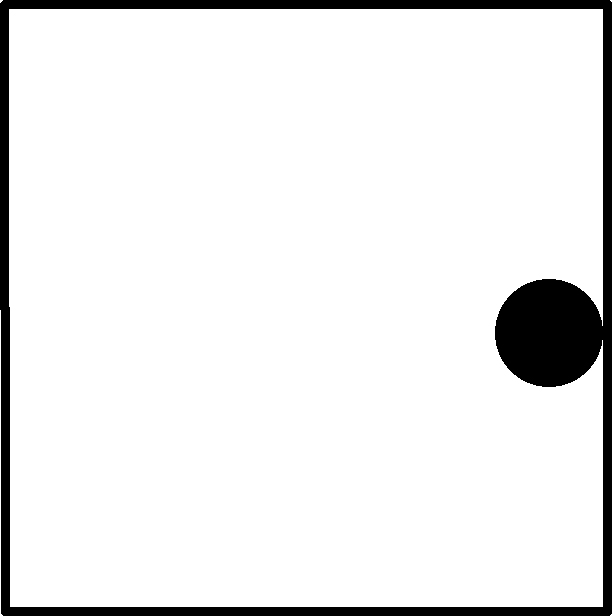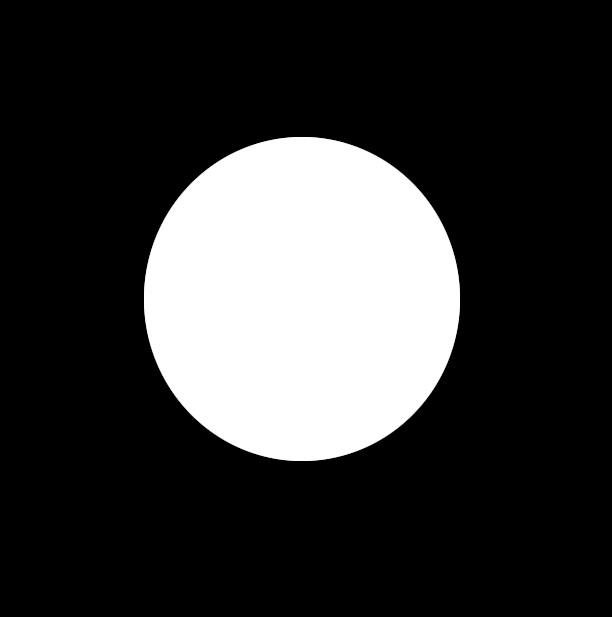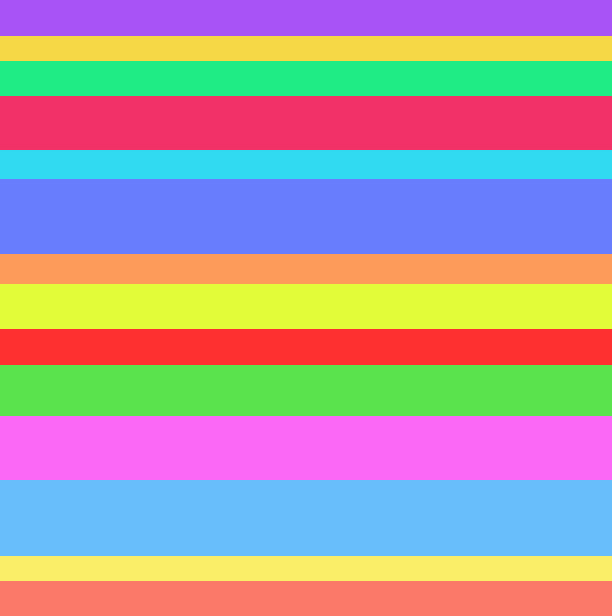Ana Petrović
visual artist
On Edge
93 x 120 cm, ink jet print, 2018 / series of 4
Na rubu
93 x 120 cm, ink jet print, 2018. / serija od 4
Iako sve ima svoje trajanje, odgovori, odnosno rješenja, bitno su kraćeg životnog vijeka od pitanja ili propitivanja. Onaj koji ima riješeno stanje, odgovor na problem ili pitanje (jer pitanje je problem) on je zadovoljan, njega ne zanima što se to nalazi iza ruba, čak niti što se to događa u samoj blizini ruba. S druge strane, u nimalo boljoj situaciji je onaj koji (se) pita. Taj koji se pita dolazi barem do ruba provjeriti možda se nešto vidi preko ograde s druge strane, ili je možda ograda providna. Prelazak ivice, ruba, granice, dakle markacijske linije koja ne posjeduje postojeću, niti moguću mjernu jedinicu po kojoj bi smo znali za koliko smo prešli preko, puno, malo, napola. Biti unutar okvira, to je mjerljivo jer biti unutar vrijednosnog sustava je jedinstvena kategorija i karakteristika socijaliziranog čovjeka. Tu postoje jasne veličine, težine, obujmi, količine … i kad je previše, previše je, egzaktno se zna koja je kap prelila čašu ili gdje je pozicija crte koju trebamo zadovoljiti, a to je mjerljivo, kao što znamo.
Lice koje dotiče sam rub, ujedno je i lice autorice. Ona, tako precizno, rubno pozicionirana u svom fotografskom serijalu sugerira puno više od ruba, unutarnjeg i vanjskog. Da se na fotografiji prikazan drvored, livada ili put nastavljaju i iza zadanog ruba to je svima jasno, no da iza tog ruba postoji ipak nešto nepoznato, istovremeno odbijajuće i neodoljivo privlačno, je rubno mjesto gdje većina zastaje. To je onaj dio do kojeg nas umjetnica dovodi, dalje moramo poći sami. Svako pojedinačno, u tom rubnom dijelu svako za sebe odgovara. Tu i da netko nešto pokuša, nitko nikoga ne može gurnuti protiv svoje volje. Na rub se dolazi, ulazi i izlazi sam.
Odgovor, odnosno spoznaja gdje se glava ili figura na fotografiji trenutno nalazi je primarno nebitna. Činjenica je da se na toj točki ta ista glava i tako ne želi zadržati, umjetnicu zanima što je to tamo preko, gdje se većina onostranog može samo naslućivati, također, sadržaj slutnje je vrlo ovisan o osobnim preferencama, životnim, socijalnim, kao i umjetničkim. Kada se jednom zakorači u ono što zovemo iskorakom, sigurnog povratka u prethodni okvir nema, povratak nije zagarantiran. Zašto je potreban ozbiljan iskorak i to baš onda kada smo u komfornoj situaciji, zašto je potrebno skretanje s puta kojeg dobro poznajemo, neka su od prvih pitanja koja nam dolaze promatrajući rubove rada NA RUBU. Istovremeno, unutar ruba je ograničen prostor koji je obrubljen, na takvu varku iako vrlo klizavu ne bi trebali nasjesti. Ograničenost je uvjetovana samo našom nemogućnošću sagledavanja same ideje o bezgraničnosti. Zapitajmo se, da li čovjek koji šeta SADom, Rusijom ili Kanadom ima osjećaj više prostora od istog koji šeta Hrvatskom, Luxembourgom ili Andorom?
Iz teksta Vlatke Novak
Although everything has its own duration, the answers and solutions are substantially shorter than the questions and the scrutiny respectively. Those who already have the answer to the problem or the question (since the question is a problem) are content. They are not interested in what is behind the edge, not even in what’s happening close to the edge. On the other hand, those who question (themselves) are in no better situation. The questioners get at least to the edge, to examine what there is to see on the other side of the fence or whether the fence is transparent.
Crossing the brink, the edge, the border means overstepping a marking line that has no existing or possible measurement unit according to which we could know, how far we’ve gone: very far, little or halfway. To be within a frame can be measured, since being within a value system is a unique category and characteristic of a socialised human being. There are clear sizes, weights, volumes, quantities… and if it‘s too much, it is too much, it is easy to identify which drop made the glass overflow or where the line is that we should adhere to. And this is, as we know, measurable.
The face that touches the edge belongs to the author, Ana Petrović. She suggests in her photo series that she is positioned exactly on the edge, much more than the inner or outer edge. It is clear to everyone that the line of trees, the meadow or the path on a photograph continue beyond the defined edge, but that behind there, there is something unknown, something repulsive and at the same time irresistibly attractive, and this is the limit, were most people stop. This is the edge where the artist brings us, but we have to continue on our own. In this border area, everyone is responsible for themselves. Nobody can force another against his will, even if they would try. One comes to the edge, steps in and out – alone. The answer, or better, the realisation, where the head or the figure in the picture is right now, is primarily unimportant. The fact is that the same head does not want to be on the same spot anyway, the artist wants to know what is there in the beyond, where most things can only be guessed. The content of the premonition also very much depends on personal preferences, social and artistic attitudes, on life in general. As soon as we take a step that we perceive as a step into the unknown, there is no safe return to the previous framework, the return is not certain. Why is it necessary to take a serious step into the unknown, especially while we’re in a comfortable situation, why do we have to take a turn and leave the well-known path, are some of the first questions that come up as we’re examining the margins of the work On Edge. Let‘s ask ourselves, if we have the impression that a person who’s walking around somewhere in the USA, Russia, or Canada, has more room, than someone who is doing the same in Croatia, Luxembourg or Andorra.
From text of Vlatka Novak
Obwohl alles seine eigene Dauer hat, sind die Antworten beziehungsweise Lösungen wesentlich kürzer als die Fragen oder die Hinterfragung. Derjenige, der gelösten Zustand, die Antwort auf das Problem oder Frage hat (denn die Frage ist ein Problem), ist zufrieden. Der interessiert sich nicht dafür, was sich hinter dem Rand befindet, nicht einmal dafür, was in der Nähe des Randes geschieht. Auf der anderen Seite ist der (sich) Fragende in keiner besseren Situation. Der Fragestellende kommt zumindest bis zum Rand, um zu überprüfen, ob etwas auf der anderen Seite über dem Zaun zu sehen ist oder ob der Zaun durchsichtig ist. Das Überqueren der Kante, des Randes, der Grenze, also einer Markierungslinie, die keine existierende oder mögliche Maßeinheit hat, anhand deren wir wissen würden, wie weit wir gegangen sind, ob viel, wenig, halb. Innerhalb eines Rahmens zu sein ist messbar, denn das Sein innerhalb eines Wertesystems ist eine einzigartige Kategorie und Eigenschaft sozialisierter Person. Da gibt es klare Größen, Gewichte, Volumen, Mengen … und wenn es zu viel ist, ist es zu viel, man erkennt genau, welcher Tropfen aus Glas übergelaufen ist oder wo die Linie, die wir einhalten sollen, liegt. Und das ist bekannt messbar.
Das Gesicht, das den Rand selbst berührt, ist auch das Gesicht der Autorin. In ihrer Fotoserie suggeriert sie, so genau am Rand positioniert, viel mehr als der innere und äußere Rand. Jedem ist es klar, dass die Baumreihe, Wiese oder Pfad auf der Fotografie auch jenseits vorgegebenen Randes weiterführen, aber, dass es dahinter trotzdem etwas Unbekanntes gibt, gleichzeitig abstoßend und unwiderstehlich Attraktives, ist diese Grenze, wo die meisten anhalten. Dies ist der Teil, zu dem uns die Künstlerin bringt, weiter müssen wir allein gehen. In diesem Randbereich ist jeder selbstverantwortlich. Keiner kann den anderen gegen seinen Willen drängen, selbst wenn er es versuchen würde. Man kommt an den Rand, tritt ein und aus, allein.
Die Antwort bzw. die Erkenntnis, wo sich der Kopf oder die Figur auf dem Foto gerade befinden, ist in erster Linie unwichtig. Tatsache ist, dass sich derselbe Kopf an diesem Punkt sowieso nicht aufhalten möchte, die Künstlerin will wissen, was dort steckt, dort, wo sich das meiste Jenseitige nur erahnen lässt. Der Inhalt der Vorahnung hängt ebenfalls sehr von persönlichen Vorlieben, sozialen sowie künstlerischen, vom Leben ab. Sobald man einen Schritt macht, den wir als Schritt ins Unbekannte empfinden, gibt es keine sichere Rückkehr zum vorigen Rahmen, die Rückkehr steht nicht fest. Warum ein ernsthafter Schritt ins Unbekannte notwendig ist, gerade wenn wir uns in einer komfortablen Situation befinden, warum es ein Abbiegen vom gut gekannten Weg erfordert, sind einige der ersten Fragen, die aufkommen, während wir die Ränder der Arbeit AM RAND betrachten. Gleichzeitig grenzt der Rand den inneren Raum ein – bei dieser Grenze-Falle, obwohl sie unstabil macht und verunsichert, sollen wir nicht abrutschen. Dieses Begrenztsein ist nur durch unsere Unfähigkeit bedingt, die Idee der Unbegrenztheit zu erfassen. Stellen wir uns die Frage, ob ein Mensch, der in den USA, Russland oder Kanada spaziert, Gefühl nach mehr Raum hat als ein Mensch, der in Kroatien, Luxemburg oder Andorra ist.
Aus dem Text von Vlatka Novak



